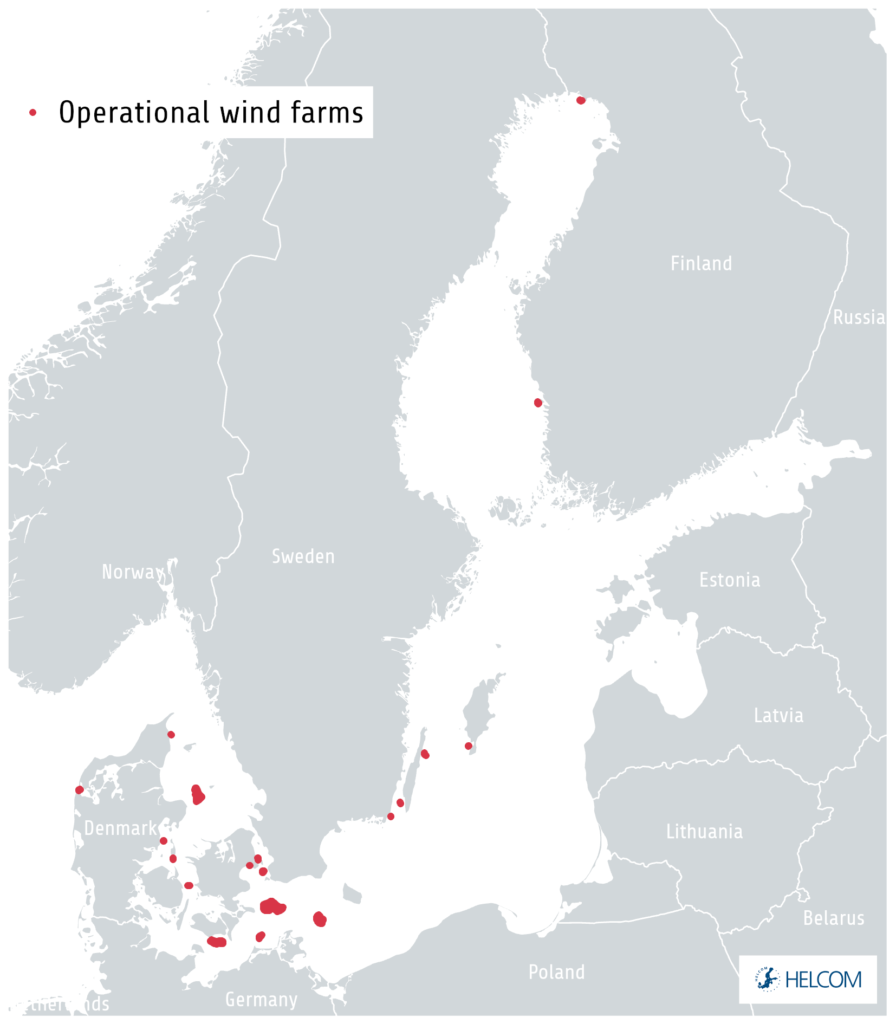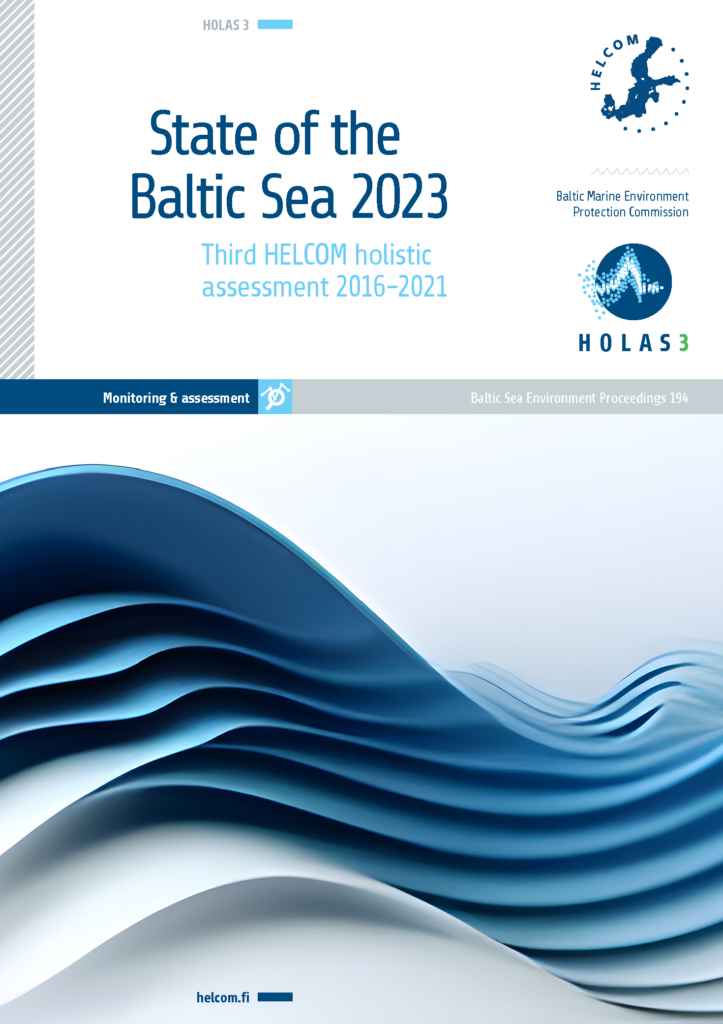MARITIME SPATIAL PLANNING
How can maritime spatial planning support the Baltic Sea environment?
Maritime spatial planning (MSP) is the spatial planning of activities at sea. The processes used in MSP involve a holistic, multisectoral effort at national scales and can serve as a key component in the implementation of several shared environmental objectives for the Baltic Sea. Maritime spatial planning is thus becoming an increasingly important instrument for the development of ecosystem-based management, facilitating or enabling work towards reaching a good environmental status of the Baltic Sea environment.
All Baltic countries that are also members of the European Union have implemented their first (or, in some cases, second) generation of maritime spatial plans, in alignment with the EU Maritime Spatial Planning Directive (EC 2014). Important topics for future iterations of the plans are dealing with climate change, meeting the visions of the European Green Deal (EC 2019), monitoring and evaluating the existing plans, and the cooperative development of coherent plans to better support an ecosystem-based approach towards reaching good environmental status.


Figure 5.6. Operational wind farms in the Baltic Sea during 2016-2021.
What is maritime spatial planning?
Maritime spatial planning (MSP) is spatial planning at sea using a holistic, multisectoral effort. A key aim of MSP is to delineate human uses in such a way that sensitive envi- ronmental areas are not significantly negatively affected. Furthermore, the MSP process should serve as a platform for the involvement of all relevant stakeholders in deter- mining how society should use the sea.
The Baltic Sea Action Plan includes MSP as a horizontal topic. Through the Baltic Sea Action Plan, HELCOM countries have agreed to:
"Utilize maritime spatial planning (MSP) applying an ecosystem-based approach to support BSAP objectives and targets and contributing to sustainable sea-based activities"
The maritime spatial plans are implemented nationally. Thus, the inclusion of coastal areas or related sectors, and the formal status of the plans, varies between countries in HELCOM. International cooperation between neighbouring countries and within regional seas is of high importance in MSP and is a cornerstone of the formation of a coherent framework.
In HELCOM, the HELCOM-VASAB MSP working group addresses a number of joint challenges for MSP in the Baltic Sea with its regional MSP roadmap for 2021- 2030, including knowledge development, regional collaboration, environmental considerations, a sustainable blue economy and climate change (EC 2022).

State of the Baltic Sea 2023 — The third HELCOM holistic assessment (HOLAS 3)
State of the Baltic Sea 2023 is a synthesis report that builds on, and integrates, results from a wide range of assessment products produced within the third HELCOM holistic assessment. Its role is to link information from the underpinning assessment products together, thus highlighting the holistic aspects. With this in mind, the summary report focuses on presenting the results and on an in-depth look at why we are seeing these results, providing over-arching context and analysis. The report helps develop a clearer picture of where we are and how things are connected, supporting coordinated and effective measures to strengthen the Baltic Sea environment.
